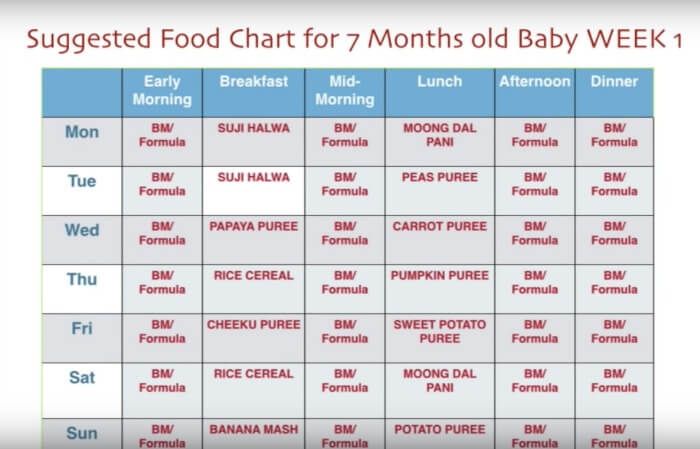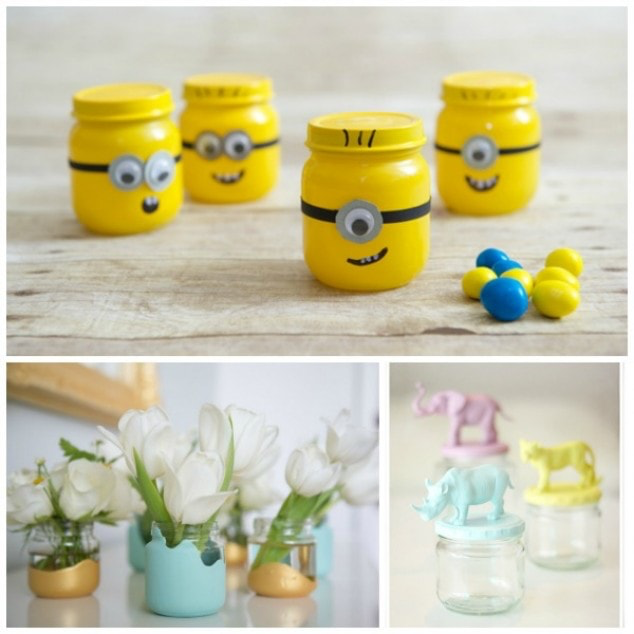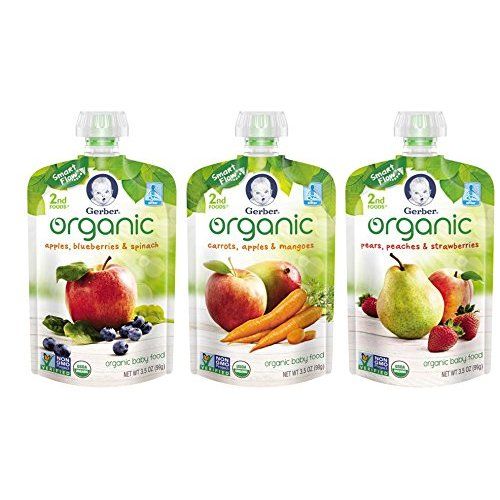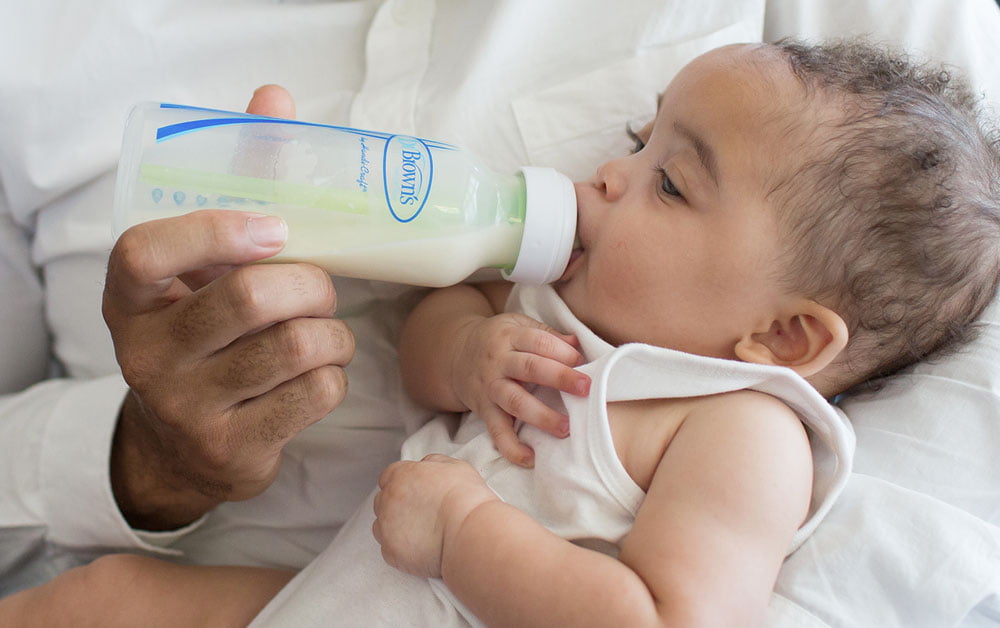Malayalam baby food
English to Malayalam Meaning of baby food
Baby food :
ശിശു ഭക്ഷണം
Pronunciation: Add to Favorite:
Other Refferences :
Share This Meaning :
Noun(1) a very young child (birth to 1 year(2) the youngest member of a group (not necessarily young(3) an immature childish person(4) an unborn child; a human fetus(5) a very young mammal(6) a project of personal concern to someone
Verb(1) treat with excessive indulgence
(1) Top and tail the green beans, peel the baby onions or cut the spring onion into 2.5cm pieces.(2) don't be such a baby!(3) Maybe I shouldn't be such a baby about things, but I am upset with my doctor's office right now.(4) she had a baby(5) I'll have another drink, baby(6) She's telling me to acknowledge the sister and she's also bringing up the baby of the family.(7) Next day I simply emptied the bag into the prepared pot, stirred to brown and then added two big sliced onions and a few diced baby carrots. (8) Two have already left home and the baby in our family is 13.(9) Lunch could be salmon fillet with orange couscous and baby carrots.(10) It's my baby so I don't really have any time for any other bands.(11) Because of the children and the difficulties of taking a tiny baby and a young toddler together up and down the stairs, she did not get out much.(12) He's from a family of five tennis players, Tracy Austin, the baby of the family.(13) The spring veggies were another hit: baby carrots, asparagus, French greens and corn in light soy sauce.(14) From what Jim told him, Hannah Dawson is the baby of the family.(15) Stop being such a baby .(16) And while I was there, I decided to pick up a few bags of pretzels and some of those baby carrots.
(1) baby girl ::
പെൺകുഞ്ഞ്
(2) baby boy ::
കുഞ്ഞിനെ
(3) poor baby ::
പാവം കുട്ടി
(4) baby sister ::
കുഞ്ഞനുജത്തി
(5) baby face ::
കുഞ്ഞ് മുഖം
(6) baby boomer ::
കുഞ്ഞ് തേഞ്ഞ്
(7) little baby ::
ചെറിയ കുഞ്ഞ്
(8) baby bottle ::
പാൽകുപ്പി
(9) baby food ::
ശിശു ഭക്ഷണം
English to Malayalam Dictionary: baby food
Meaning and definitions of baby food, translation in Malayalam language for baby food with similar and opposite words. Also find spoken pronunciation of baby food in Malayalam and in English language.
Also find spoken pronunciation of baby food in Malayalam and in English language.
Tags for the entry 'baby food'
What baby food means in Malayalam, baby food meaning in Malayalam, baby food definition, examples and pronunciation of baby food in Malayalam language.
6 months baby food chart with baby food recipes
By Swasthi on August 6, 2022, Comments,
6 months baby food chart with baby food recipes. The best time to start solids for babies is after 6 months. There are many sources suggesting introduction of solids from 3 to 4 months. But an early introduction of solids can lead to more colic, digestive troubles and allergies.
A baby develops digestive enzymes in between 4 to 6 months which are crucial for digestion of foods. It is a good choice to wait until the baby develops these enzymes completely.
A baby typically begins to develop head control from 3 to 4 months and gains strong head to neck muscles by 6 months. A strong head to neck control helps the baby to accept solids well and can easily swallow.
A strong head to neck control helps the baby to accept solids well and can easily swallow.
So by 6 months a baby has a better digestive system and a good head control which are needed before the introduction of solids.
Breast milk is the best bet for the overall growth of a baby. It is recommended to exclusively breast feed a baby for the first 6 months.
As an exception, formula milk is an alternate for women who cannot breast feed baby due to professional, personal or medical reasons.
If you have a baby older than 7 months, you can follow this complete
baby food chart for 8 months old and above
How do you know your baby is ready for solids?
1. The baby’s head & neck are stable. This means baby can accept food and swallow.
2. Baby must be able to sit stable with or without support.
3. Shows interest in food when others are eating.
4. Baby must be able to open the mouth when food is offered.
5. Baby is still hungry after breastfeeding or formula feed.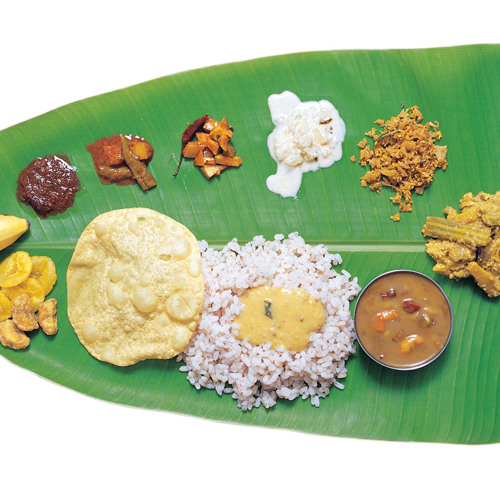
Tips on how to start solids for baby
First consult your pediatrician to confirm if your baby is ready for solids. It is very important to plan well before you introduce any other foods apart from breast milk.
Make your own feeding schedule along with the foods you intend you try and get an approval from your pediatrician. Most clinics and hospitals also provide a diet chart or at least a guide.
I have made this from the guidelines I got from the Clinics here in Singapore. I have followed the same for both my babies.
1. Always start with a single food. Either a fruit, vegetable or grain. Avoid a mixture of foods. You can start with mashed fruit first. The presence of digestive enzymes in fruits helps the baby to digest them better.
2. After a week, while you continue feeding fruit, you can start rice water (kanji), after a week clear dal soup or boiled vegetable broth / water.
3. Always follow the 3 day wait rule for every food you introduce. Wait for the results until the 4th day. Please see the doctor immediately if your baby develops rashes, runny nose, watery eyes, colic etc.
Wait for the results until the 4th day. Please see the doctor immediately if your baby develops rashes, runny nose, watery eyes, colic etc.
4. Introduce new foods to your baby during breakfast or lunch. Avoid trying new foods during the later time of the day as it is easy to get a control over the problems.
5. A 7 month old baby can eat only a tsp of mashed food initially. Slowly by 4 weeks increase the quantity to a tbsp and then more.
Helpful tips – introducing solids for baby
1. Use stainless steel or glass bowls and cups for preparation of baby foods. Avoid plastic ware even made of any superior material, including virgin plastic or graded as BPA free. Any kind of plastic ware consists of plasticizers that are used to make the containers flexible.
Plasticizers are similar to BPA and are an endocrine disruptor. Even BPA free plastic and virgin plastic ware have chemical plasticizers. Please use google search for more info.
2. Always feed the baby in a calm, quite environment and in a steady place like – on the lap, in a high chair or on the floor.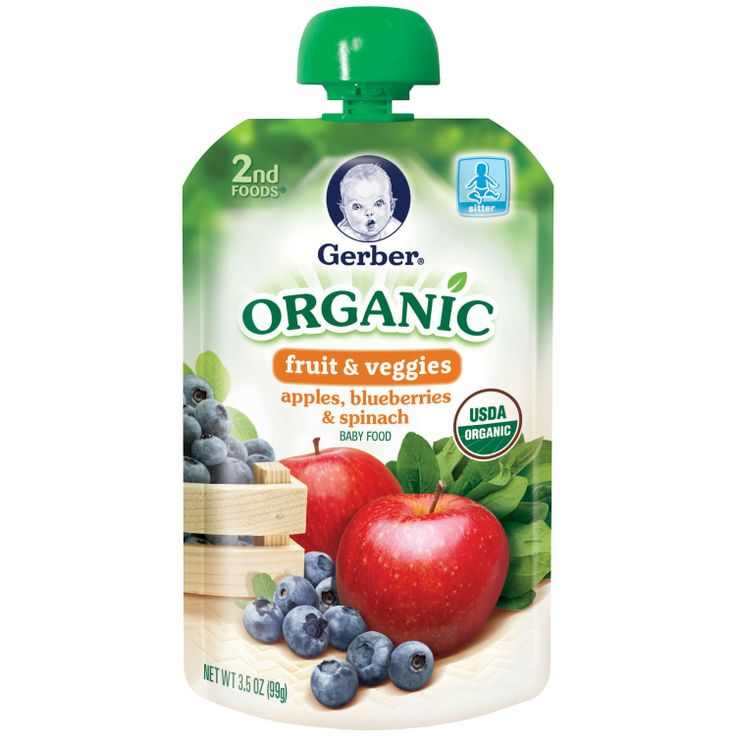
3. While feeding, refrain the baby from activities like watching a TV show, playing with a hand held gadget like mobile, and tablet or game devices. Some of these emit radiation that is not good for the baby.
4. Meal time has to be a learning for the baby, speaking to your baby about the food – its texture, taste and color helps the baby to develop a liking for the food. Or narrate a good story to the baby, do not encourage the baby to talk while eating. This may seem to be over disciplined but this is the only way i have found to grow fuss free kids. They will begin to love any food that is served.
5. Introduce water from a steel cup or a glass not from a feeding bottle or sipper. A 90 ml cup is best suited. This makes the transition from teat to cup easy when the baby grows up.
6 months baby food chart
To follow this baby chart please ensure your baby has completed 6 months and you have an approval from your pediatrician for the same.
A baby usually consumes milk every 2 to 3 hours. Solids should be served in between the feeds. Use plain boiled and cooled water to puree the fruits if needed. Avoid mixing milk or any other ingredient with fruit.
Solids should be served in between the feeds. Use plain boiled and cooled water to puree the fruits if needed. Avoid mixing milk or any other ingredient with fruit.
The combination of fruit and milk products results in indigestion, loss of appetite, no weight gain and accumulation of toxins.
Clear soups can be used to make pureed rice, oats or ragi cereal. Feeding only clear soups regularly is not a good idea as they lack the nutrition that is provided by a semi solid food or milk.
I have shared a sample baby food chart below which shows the quantities of fruits and vegetables. From the chart (day 13 to day 20), you can replace potato with rice porridge (kanji) or dal soup or ragi porridge.
This is an alternate table which you can follow if your baby is in between 6 and 7 months.
| Breastfeed or formula milk. What ever time your baby wakes up. |
7.  30 to 8 am fruit puree 30 to 8 am fruit puree |
| One of the following: (only after 1½ to 2 hours of milk). You can use boiled cooled water to thin down the puree. 1. Banana- mash with a fork or run in a blender. 2. Apple- peel,core,steam for about 5 to 6 minutes. Puree in a blender 3. Chickoo (sapota)- mash with a fork and spoon 4. Pear- peel and core, steam for 5 to 6 minutes 5. Papaya – mash with a fork or blend 6. Ripe avocado – add it to a blender and puree |
11.30 to 12.30 pm |
| After introducing fruits, you can try these. Continue to feed fruits for breakfast. first 1 week – rice cereal 2nd week apple rice or rice cereal with boiled carrot 3rd week ragi porridge Or apple ragi or oats porridge Or apple oats Or clear moong dal soup 4th week – Repeat the foods mentioned above. You can also introduce soupy khichdi. You will have to make it following the same method I mentioned for rice cereal above. 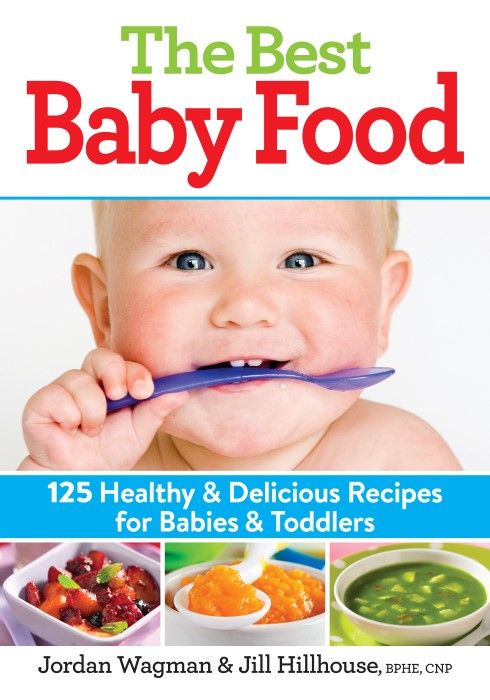 |
| Breast feed or formula (only after 1.5 to 2 hours of lunch) |
Baby food recipes for 6 months old along with ingredients and instructions to prepare
These are the quantities i followed for my kids i got from the Health Promotion Board,Singapore.Use any one
Quantity of fruits for 6 months to 9 months
½ small apple
½ small pear
½ cup sapota
½ cup papaya
½ medium banana
How many times can the same fruit be given in a week?
Including a variety of fruits will provide different kinds of nutrients to the baby.
Banana – 3 to 4 times
Apple – daily
Chickoo- daily
Pear- 3 to 4 times
Papaya – 4 to 5 times
Avocado- 3 to 4 times or daily
Do read the complete post before you attempt any of these recipes
More tips on preparing Lunch
from 3 rd week – Rice, ragi or oats. Clear dal soup with veggie.
Clear dal soup with veggie.
first 7 days (from 3rd week) -Single grain with milk (formula or breast milk). You can also use gluten free or baby oats or ragi to make porridge.
next 7 days – Rice with a single veggie or apple. You can use steamed or boiled carrots.
VEGETABLES to prefer
1. carrots
2. pumpkin
LENTIL/ DAL to prefer
1. moong dal
2. toor dal
About Swasthi
I’m Swasthi Shreekanth, the recipe developer, food photographer & food writer behind Swasthi’s Recipes. My aim is to help you cook great Indian food with my time-tested recipes. After 2 decades of experience in practical Indian cooking I started this blog to help people cook better & more often at home. Whether you are a novice or an experienced cook I am sure Swasthi’s Recipes will assist you to enhance your cooking skills.
Follow Swasthi’s Recipes
Sign up to receive awesome Swasthi’s Recipes in your inbox *
Popular Recipes
Featured Recipes
Proper nutrition of a child is a guarantee of health - Children's City Polyclinic No.
Every parent wants his child to grow up healthy, smart, happy.
From childhood, we must teach our children to choose from the variety of foods that are really good for health. The nutrition of children is somewhat different from the nutrition of adults. If the child's nutrition system is built correctly, then the child develops normally, both physically and mentally. nine0007
Make your family's way of life by introducing your child to proper nutrition every day. There is no need to arrange constant lectures from this on the topic of what is useful and what is harmful. By actively communicating with your child, setting an example, you instill good eating habits.
Only good things should be spoken at the table. The situation should help the child to relax, then the appetite will be good and the mood will be friendly. Children can help you with serving and decorating dishes. When serving vegetables and fruits, ask the children what vitamins and minerals they contain and why they are so useful. nine0003 In order to organize the proper nutrition of the child, you need to follow several important rules:
Rule 1
Food should be varied.
This is an important condition for the child's body to receive all the substances necessary for growth and development. Every day, the child's menu should include: fruits and vegetables; meat and fish; milk and dairy products; grain products (bread, cereals, cereals). Insufficiency or excess of food consumed by a child can adversely affect the activity of the gastrointestinal tract, contribute to metabolic disorders, increase overweight (even to various degrees of obesity) or lead to malnutrition. nine0007
If the child refuses, there is a healthy dish, offer him to experiment and make the dish unusual.
So, with the help of dried fruits and nuts, you can put a funny face on porridge, use ketchup and greens to draw a pattern on scrambled eggs, put mashed potatoes on a plate in the form of a snowman figure, etc.
What should not be used in children's nutrition:
- Offal, except liver, tongue, heart; blood, liver, raw smoked sausages. nine0045
- Deep-fried foods and culinary products, chips.
- Curds, condensed milk with vegetable fats.
- Koumiss and fermented milk products containing ethanol (more than 0.5%).
- Cream confectionery containing vegetable protein.
- First and second courses based on fast food concentrates.
- Vinegar, mustard, horseradish, hot peppers and other hot spices and food products containing them, including hot sauces, ketchups, mayonnaises and mayonnaise sauces. nine0045
- Pickled vegetables and fruits.
- Natural coffee and carbonated drinks, apricot kernels, peanuts.
- Products, including confectionery, containing alcohol.
- Food products containing a large amount of food additives in their composition (information is indicated by the manufacturer on consumer packaging).
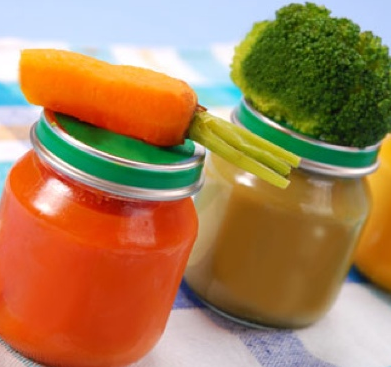
- Dry concentrates for cooking first and second courses (soups, Dosherak vermicelli, cereals).
Rule 2
The child should eat regularly.
Compliance with the diet of children is of great importance for the absorption of nutrients by the body. Preschool children are recommended to eat 4-5 times a day, every 3 hours, at the same time, distributing the diet as follows: breakfast - 25%, lunch - 35%, afternoon snack - 15%, dinner - 25% . At school age, it is advisable to have four meals a day, every 4 hours with an even distribution of the daily ration: breakfast - 25%, second breakfast - 20%, lunch - 35%, dinner - 20%. nine0007
Try to stop snacking and teach your child to eat only at the table. If this still doesn't work, offer fruit, biscuits, juice for a snack - food that will help drown out hunger, but will not ruin your appetite.
Proper organization of meals at school in the form of hot school breakfasts and lunches is an important health-improving measure for student children in extended day groups, whose diet should be 50-70% of the daily norm, which, unfortunately, parents do not have enough are paying attention. Eating sandwiches, pizza, chips, chocolate bars is harmful because - this food is inferior in composition and also irritates the stomach, contributing to the development of gastritis. nine0007
Rule 3
A child's diet should replenish his daily energy expenditure.
If your child is overweight, limit the amount of sweets and high-calorie desserts, empty the refrigerator. Put a bowl of fruit on the table, a plate of whole grain bread. Children can eat fruits without any restrictions, it is almost impossible to overeat them, and they are very useful. With a lack of any mineral substance or vitamin, the child himself will ask for the apple or even greens he needs. nine0007
Try to get your child involved in sports, take walks together, even if little by little, but regularly.
Thus, building proper nutrition for children requires taking into account the characteristics of the child's body, knowledge of certain rules and principles of healthy nutrition.
Prepared by the Editorial and Publishing Department of GBUZ JSC CMP - 2020
Gluten-Free Baby Food - Drink-Drink
There are several reasons why you might need gluten-free baby food for your baby or toddler. They may already be diagnosed with celiac disease or non-celiac gluten sensitivity, they may be at high risk for one of these conditions or another autoimmune disease, or you may already be preparing gluten-free meals for yourself or other family members. nine0007
Regardless of the reason for your decision to choose baby food that does not contain wheat, barley or rye ingredients, there are several options for gluten-free baby food.
Gluten-free baby food
Some companies do not produce gluten-containing products at all (apparently minimizing the risk of gluten cross-contamination), while others produce only a small number of products that are gluten-free. not include gluten ingredients. Of course, you must decide for yourself which one is best for your family, depending on the health of your child and your family.
Here is a list of the top US baby food manufacturers (in alphabetical order) and what each company says about their gluten-free status:
Beech-Nut Baby Food about a dozen products contain gluten, all from wheat, according to a company spokesperson. Products containing wheat are mostly baby cereals, although there are a few yogurt mixes that also contain wheat, as well as a few products that contain granola and a can of sweet potatoes and barley. nine0007
All wheat ingredients are listed on the product label as required by US Allergy Law. The rest of Beech-Nut's products are considered gluten-free, even though they're made in the same facility as the gluten products, a rep tells me.
“Allergen-related ingredients in raw materials are stored in a separate storage area to prevent cross-contamination,” says the spokesperson. “We have a third shift of employees dedicated to thoroughly cleaning production lines from start to finish. Then we check for allergen residue. ” nine0007
” nine0007
Beech-Nut also makes a couple of baby food products that contain oatmeal, which can be cross-contaminated with gluten grains. If your child needs gluten-free products, I would also avoid these products.
Earth's Best
Earth's Best Organic Baby Food is produced by the Hain Celestial Group, which also owns Rice Dream and Arrowhead Mills. The company makes four products (mostly for babies) that are considered gluten-free. These include veggie nuggets, chicken nuggets, broccoli and cheese nuggets, and peanut butter puffs. These products, which are not certified gluten-free, may contain up to 20 parts per million of gluten. nine0007
Ella's Kitchen
Ella's Kitchen, another organic baby food company, makes a variety of products for babies and toddlers, some of which have interesting flavors such as Cool Coconutty Thai Curry with papaya and noodles and Lamb + Cous Cous with mango and raisins.
This company offers over 110 products that are considered gluten free, including entrees, entrees, appetizers + appetizers, breakfasts and puddings. They are all gluten-free and contain less than 20 ppm gluten, and you can identify them on the Ella's Kitchen website using the Special Diet Filter. Gluten-free products are manufactured in the same facilities as gluten-containing products, following protocols to limit gluten cross-contamination. nine0007
They are all gluten-free and contain less than 20 ppm gluten, and you can identify them on the Ella's Kitchen website using the Special Diet Filter. Gluten-free products are manufactured in the same facilities as gluten-containing products, following protocols to limit gluten cross-contamination. nine0007
Gerber
When you think of baby food, you might think of Gerber, the ubiquitous brand owned by Nestlé. Gerber makes a huge variety of products for both babies and toddlers. Gerber will clearly label all ingredients that contain gluten, as well as flag any potential gluten cross-contamination issues on its labels, the company said.
They say: “Ingredients containing gluten (such as wheat, rye and barley) are always listed on our ingredient claims when they are used as ingredients in our products. We also label gluten-containing ingredients from indirect sources (for example, through contact during harvesting, manufacturing, or transportation of the ingredients) if the final product may contain 20 ppm or more of gluten. ” nine0007
” nine0007
You must assume that Gerber products without gluten ingredients or labeled as gluten cross-contaminated can be manufactured in the same facility and possibly the same equipment as products containing gluten, although Gerber has a protocol for cleaning allergens between batches of products.
Gerber uses GMO ingredients in many of its products, but also produces a certified organic line without any GMO ingredients.
Happy Family Brands
This "organic superfood" line makes products for babies, toddlers and toddlers. Almost all Happy Family products are considered gluten-free, although one or two (grain products) that do not contain gluten ingredients are not actually considered gluten-free due to potential gluten cross-contamination.
About their cereal, Happy Family states: “Our oat and multigrain cereals do not explicitly contain wheat, but the grains used in the cereal are milled in the same facilities as wheat. Therefore, there is little chance of cross-contamination and we have chosen not to label them as gluten-free. However, our brown rice cereal is gluten-free as the grains are processed in a separate facility.” nine0007
However, our brown rice cereal is gluten-free as the grains are processed in a separate facility.” nine0007
Peter Rabbit Organics
Peter Rabbit Organics, a fancy-named small organic company, makes fruit snacks and vegetarian formulas for babies and toddlers. Combination flavors include mango, banana and orange, as well as kale, broccoli and mango.
The company does not label its products gluten-free or make any claim that it is gluten-free. But he also doesn't include gluten-containing ingredients in any of his products (for example, the ingredients in his kale/broccoli/mango blend include organic kale, organic broccoli, organic banana, organic mango, and lemon juice concentrate). nine0007
According to the company: "Wheat (gluten) is currently processed on the same production line as Peter Rabbit Organics pouches."
Organic Plums
Plum Organics, a subsidiary of Campbell Soup Company, is a public benefit corporation—a company that voluntarily meets higher standards of corporate purpose, accountability, and transparency. This means fighting malnutrition by "donating nutritious organic foods and promoting nutrition education." The company has developed super smoothies made from organic fruits, vegetables and grains to enrich the diet of children who do not receive regular healthy meals. nine0007
This means fighting malnutrition by "donating nutritious organic foods and promoting nutrition education." The company has developed super smoothies made from organic fruits, vegetables and grains to enrich the diet of children who do not receive regular healthy meals. nine0007
Many Plum Organics products for children and toddlers do not contain gluten ingredients. An updated list is available on the company's website.
However, a company spokesperson cautions: “Please note that products that do not contain gluten ingredients may still use the same processes and equipment as gluten-containing ingredients and products. Because consumer safety is our primary concern, we only advertise products as gluten-free when we can ensure they meet our gluten-free standards.” nine0007
A word from Drink-Drink
If you want to be absolutely sure what you're feeding your baby, making homemade baby food isn't that hard. As a bonus, you'll know it's gluten-free because it's made in your own gluten-free kitchen.